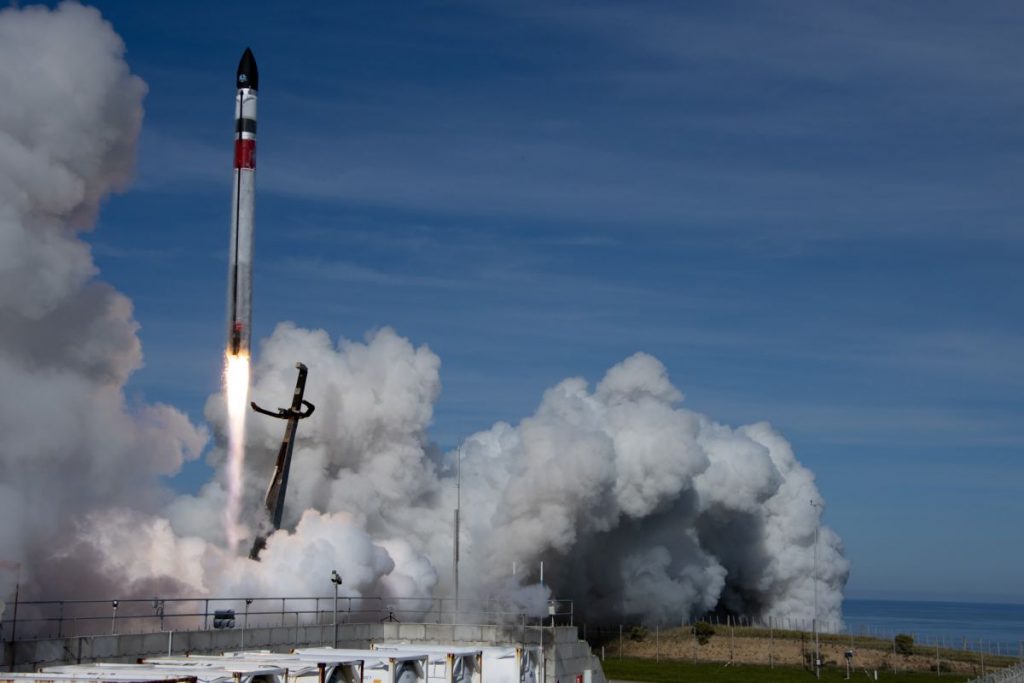Rocket Lab will launch a radar satellite Thursday (Sept. 15) and you can watch the action live.
An Electron booster is scheduled to lift off from Rocket Lab’s New Zealand site on the North Island’s Mahia Peninsula on Thursday at 4:30 p.m. EDT (2030 GMT, or 8:30 a.m. local time on Friday, Sept. 16).
The launch of the Strix-1 satellite on behalf of Synspective will stream live here at Space.com when the time comes, courtesy of Rocket Lab. You can also watch it directly via the company (opens in new tab).
Related: Rocket Lab and its Electron booster (photos)
Thursday’s mission is called “The Owl Spreads Its Wings.” (Strix is a diverse and widespread genus of owls.)
“Strix-1 is Synspective’s first commercial satellite for its synthetic aperture radar (SAR) satellite constellation to deliver imagery that can detect millimeter-level changes to the Earth’s surface from space, independent of weather conditions on Earth and at any time of the day or night,” Rocket Lab officials wrote of the new mission (opens in new tab).
Rocket Lab also successfully lofted Strix satellites for Synspective in December 2020 and February 2022. Those missions were named with owl themes as well.
Rocket Lab officials framed this launch as a milestone mission: Thursday’s mission will be Rocket Lab’s 30th Electron launch, bringing its 150th satellite into space and flying its 300th Rutherford engine.
The flight also follows Rocket Lab’s successful launch of NASA’s CAPSTONE probe to the moon; the company also aims to send one or more life-hunting missions to Venus in the coming years.
Rocket Lab plans to make the first stage of Electron fully reusable, and has successfully fired up a booster recovered (and inadvertently dunked in the ocean) with a helicopter on May 2, during a mission called “There and Back Again.”
The company is not attempting a recovery on Thursday’s launch, however, and Electron’s first stage will fall naturally into the drink after engine cutoff.
Follow Elizabeth Howell on Twitter @howellspace (opens in new tab). Follow us on Twitter @Spacedotcom (opens in new tab) or Facebook (opens in new tab).

